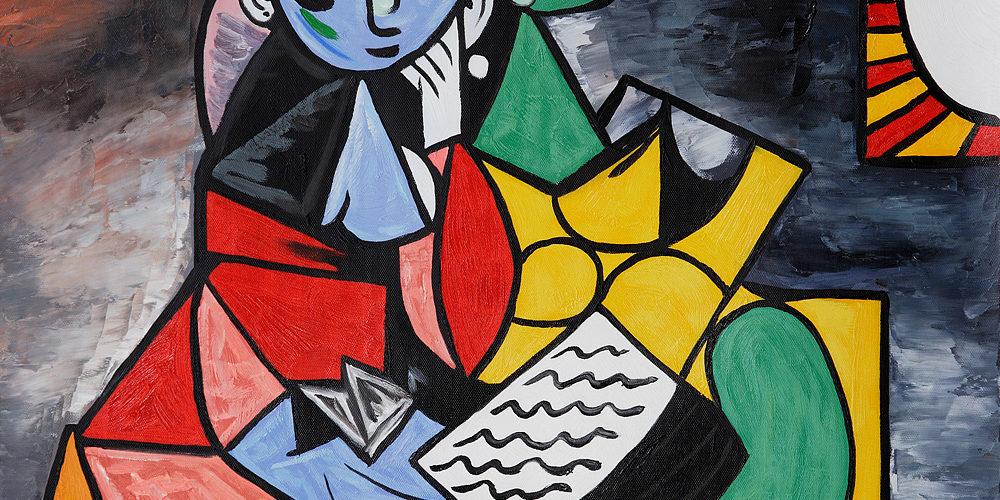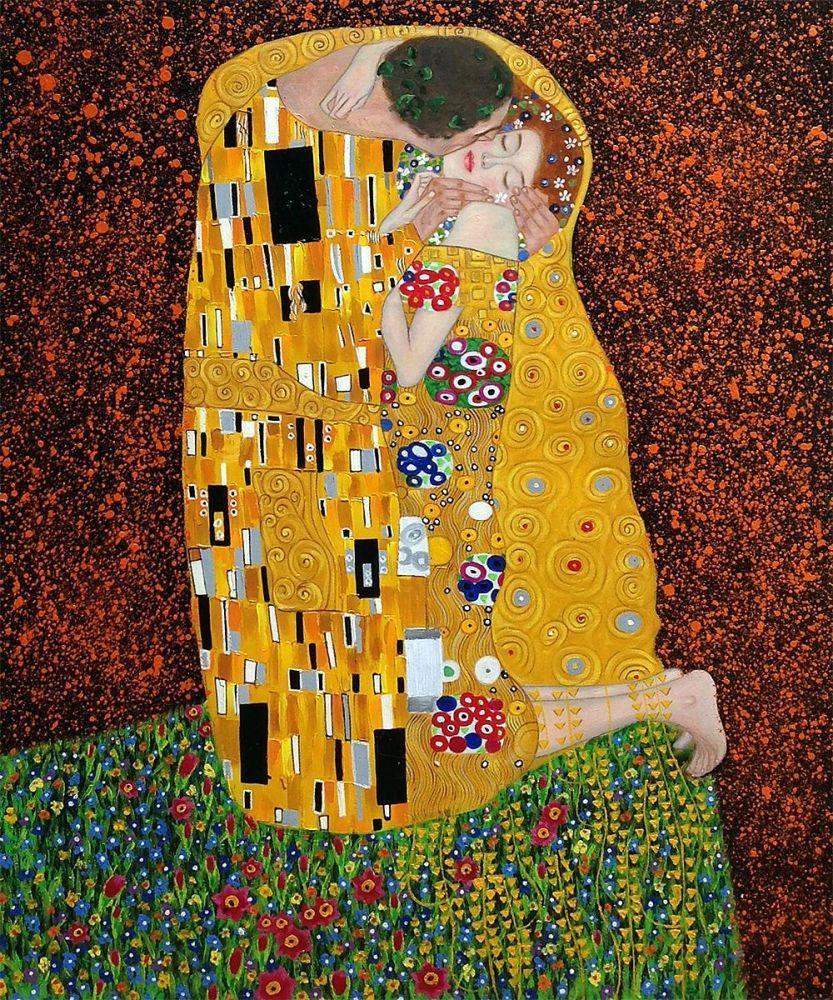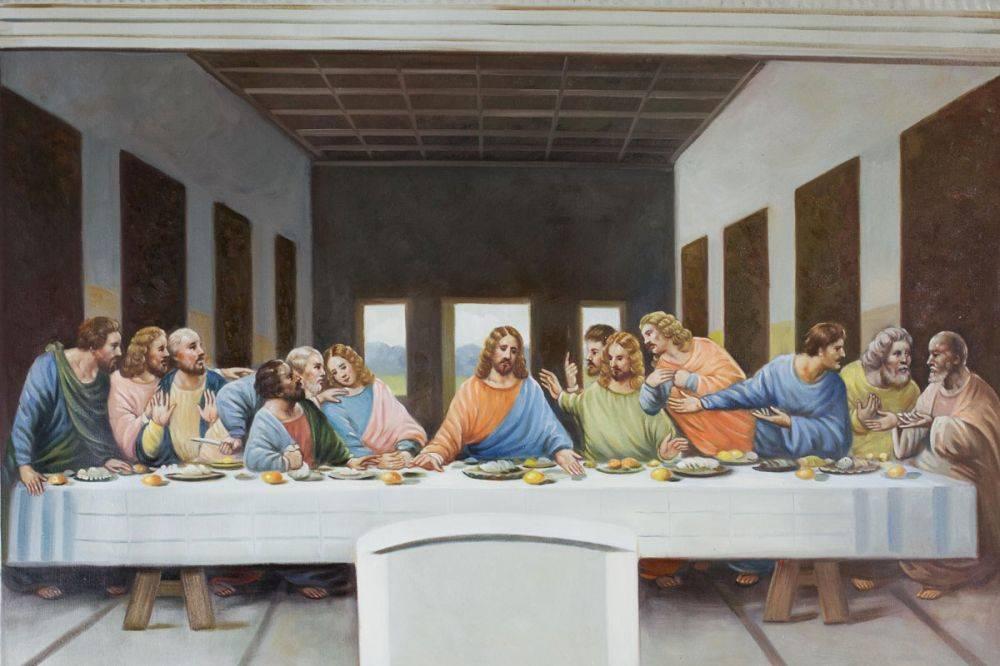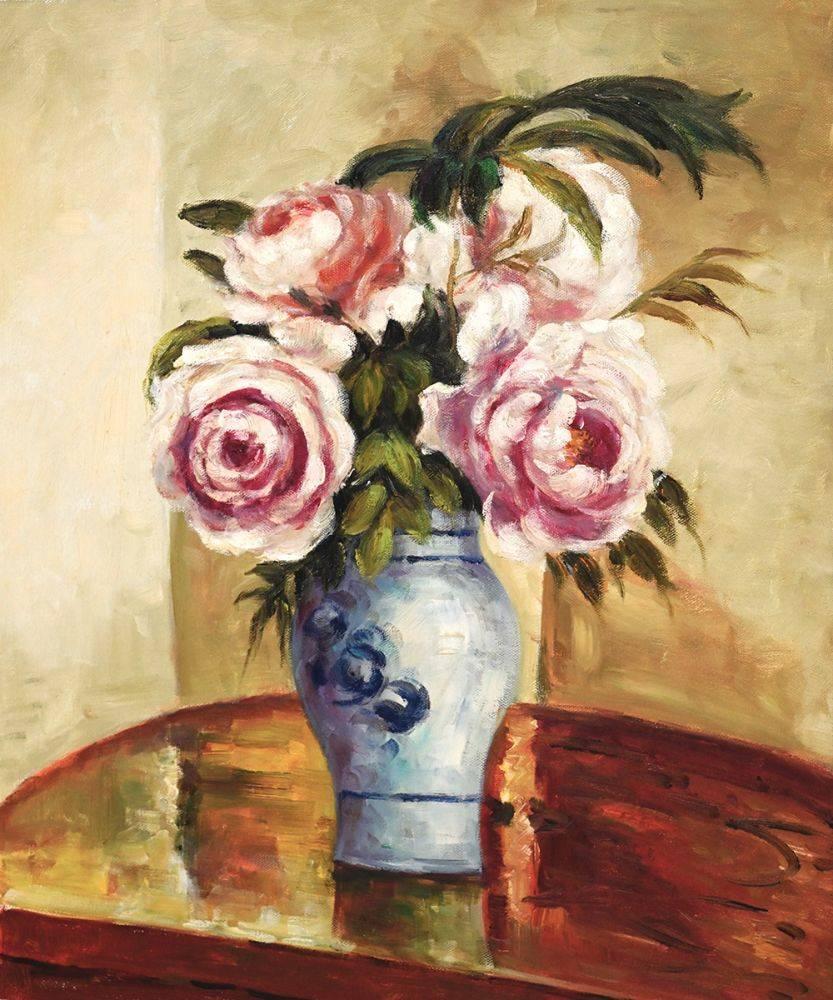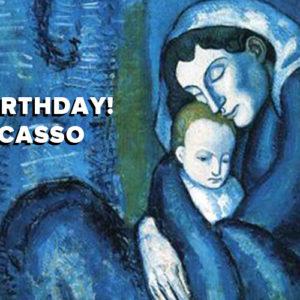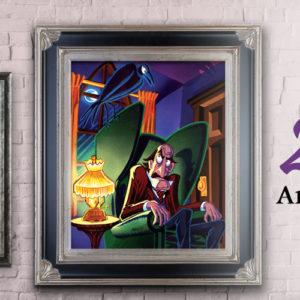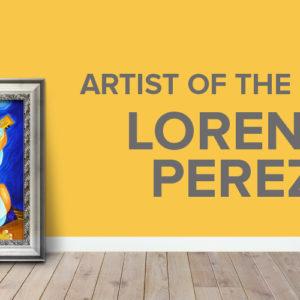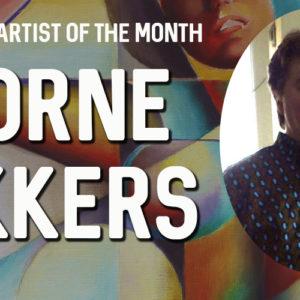Art
Why the Weird Faces Picasso?
 Picasso defied any supposition that an artist had to practice one form of art or paint one type of subject matter over the course of his life. He took on many styles but also fathered one — Cubism. Cubism to the artist is much like the rendering of a map from a cartographer’s perspective. An expanse of various surfaces, textures, spatial depth, shapes, and sizes. How would you render that on a two-dimensional surface? Cubism does leave many of Picasso’s portraits looking like he painted on a mirror, shattered it, and reassembled the fragments.
Picasso defied any supposition that an artist had to practice one form of art or paint one type of subject matter over the course of his life. He took on many styles but also fathered one — Cubism. Cubism to the artist is much like the rendering of a map from a cartographer’s perspective. An expanse of various surfaces, textures, spatial depth, shapes, and sizes. How would you render that on a two-dimensional surface? Cubism does leave many of Picasso’s portraits looking like he painted on a mirror, shattered it, and reassembled the fragments.
They say it takes about 22 muscles to smile and 37 muscles to frown. The human face has a myriad of expressions and viewpoints. Cubism, to Picasso, reduced the difficulty of depicting this complexity. Princess Margaret once commented that it was easier to feel his work and not have to put as much work into thinking about what every little symbol meant.
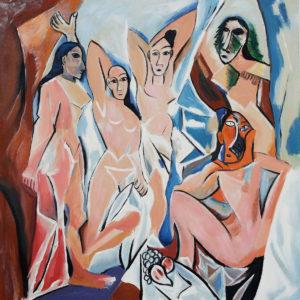 Cubism reigned from 1907 until around the end of World War I and began when Picasso was in Paris, working in partial inspiration from Cezanne’s flattened depiction of space. An early depiction, much closer to realism than later pieces in this movement, of Les Demoiselles D’Avignon (1907) is said to be the seminal Cubist creation. This piece is interesting because shapes and space aren’t just blocked out, characteristic of the Cubist movement, but the paint strokes are also prominently achieving the same effect, hardly seen in Picasso’s other works.
Cubism reigned from 1907 until around the end of World War I and began when Picasso was in Paris, working in partial inspiration from Cezanne’s flattened depiction of space. An early depiction, much closer to realism than later pieces in this movement, of Les Demoiselles D’Avignon (1907) is said to be the seminal Cubist creation. This piece is interesting because shapes and space aren’t just blocked out, characteristic of the Cubist movement, but the paint strokes are also prominently achieving the same effect, hardly seen in Picasso’s other works.
Notice the figures on the right. They appear very different from the other women, less like women in fact. The almost-masks are echoes from Picasso’s play with Primitivism and African sculptural influence.
When you look at those two women, elements of their faces seem to be rendered from various points of view. It can be disconcerting to the viewer. Picasso understood this in his use of color and often employed bright, primary color hues in his portraits.
Picasso used bright and dark hues to set a mood, usually dualistic, and in unusual ways to block space.
In Nude Woman in a Red Armchair (1932) Picasso shows us the view of the woman from the side and front, echoed in the positioning of the breasts. The figure’s left thigh is in a natural position to reflect either perspective.
It’s interesting to note that in many of his similar rendered portraits, the object is usually a solitary figure and lover of Picasso.
Even though a viewer can easily understand this much, we still have to ask, “Why the weird faces Picasso?” If you want to show your child the meaning of, “Your face will freeze that way,” show him a Cubist portrait by Picasso; that might do the trick.
